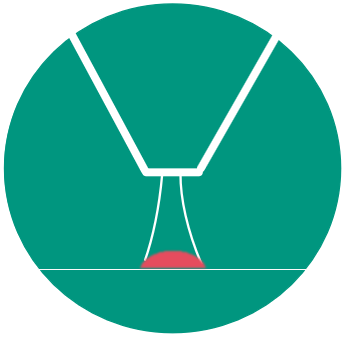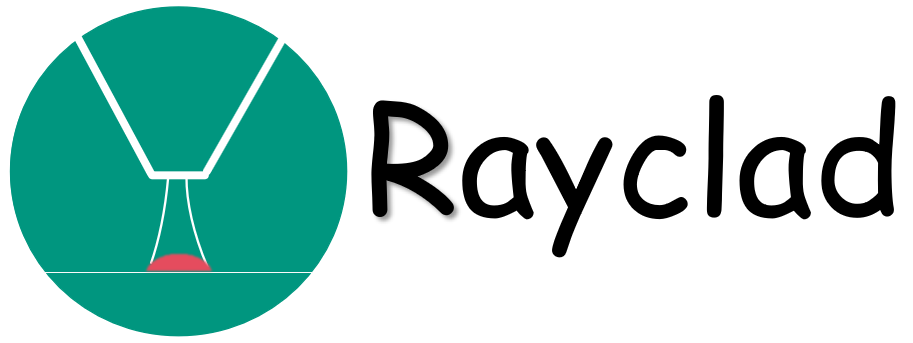Laser cladding bronze involves depositing a layer of bronze onto a substrate using a laser. The process is similar to laser cladding with other materials but requires specific considerations due to the unique properties of bronze. Here’s a general guide on how to laser clad bronze:
Steps for Laser Cladding Bronze:
1. Substrate Preparation:
Clean the substrate surface thoroughly to remove any contaminants, oils, or debris. The substrate material should be compatible with bronze.
2. Laser Cladding System Setup:
Set up the laser cladding system, which includes the laser source, cladding head, powder feeding system (if using powder), and control software. Ensure that the system is calibrated and aligned correctly.
3. Cladding Material Selection:
Choose a bronze cladding material in a suitable form, such as powder or wire. The bronze alloy should be selected based on the desired properties for the application, considering factors like hardness, wear resistance, and thermal conductivity.
4. Parameter Optimization:
Optimize laser cladding parameters such as laser power, scanning speed, spot size, and powder flow rate (if applicable) for bronze. These parameters may vary depending on the specific bronze alloy used and the desired coating characteristics.
5. Application of Bronze Layer:
Position the substrate and initiate the laser cladding process. The laser melts the bronze cladding material, and it is deposited onto the substrate surface. The process is typically done layer by layer, building up the thickness of the bronze coating.
6. Cooling and Solidification:
Allow the molten bronze to cool and solidify rapidly. The cooling rate affects the microstructure and properties of the clad layer.
7. Post-Processing (if necessary):
Depending on the application and desired finish, post-processing steps such as machining, grinding, or surface finishing may be performed to achieve the final specifications.
8. Quality Inspection:
Conduct inspections to ensure the quality and integrity of the laser-cladded bronze layer. This may include visual inspection, dimensional checks, and, if necessary, testing for properties like hardness and adhesion.
Considerations for Laser Cladding Bronze:
1. Material Compatibility:
Ensure that the substrate material is compatible with bronze and that there are no metallurgical issues that could affect bonding.
2. Bronze Alloy Selection:
Choose the bronze alloy based on the specific requirements of the application, considering factors such as wear resistance, corrosion resistance, and mechanical properties.
3. Controlled Atmosphere (if needed):
In some cases, controlling the atmosphere (e.g., using inert gases) during the laser cladding process can help prevent oxidation and ensure the quality of the bronze layer.
4. Safety Measures:
Follow safety protocols for laser cladding, including the use of appropriate personal protective equipment (PPE) and ensuring proper ventilation in the work area.
5. Process Optimization:
Work with the laser cladding system parameters to optimize the process for the specific bronze alloy being used.
Always refer to the equipment and material guidelines provided by the laser cladding system manufacturer and follow industry best practices for laser cladding with bronze. Consulting with experts in laser cladding and materials engineering can provide valuable insights for a successful and high-quality bronze cladding process.


